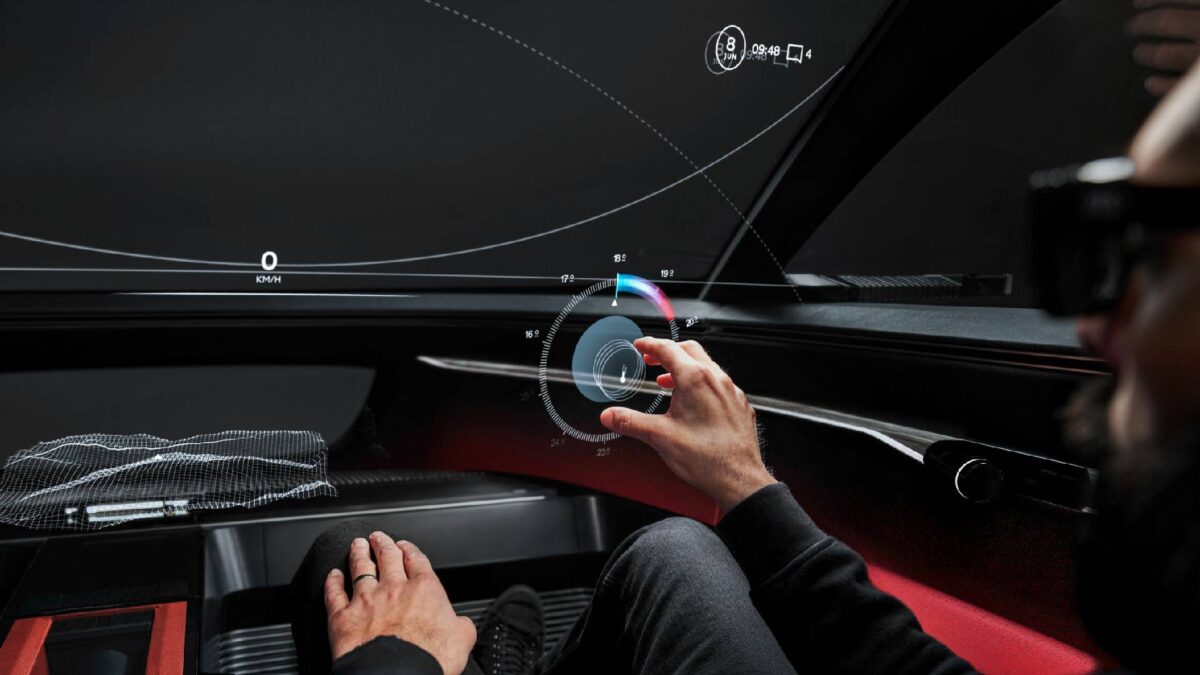Audi Activesphere: Concept car with AR fittings

The Audi Activesphere is a new concept car. It features AR armatures developed with Magic Leap.
The Audi Activesphere concept car was developed in collaboration with Magic Leap and is based on the new AR user interface Audi Dimensions.
Jan Pflueger, Creative Technologist at Audi Design, explains: "Removing physical displays and touchscreens creates a new experience space for the passengers while using the power of mixed reality opens up new possibilities to intuitively integrate them into the mobility ecosystem, and it goes even beyond the car."
Augmented Reality and individual configurations
Audi and Magic Leap have developed a dynamic MR-based interface that is visible through the Magic Leap 2 AR headset. It features an immersive and reconfigurable layout. Digital content is seamlessly integrated into the driver's real-world view of the road and cockpit.
The AR view is individually configurable for both drivers and passengers. Content can be retrieved and arranged individually in the most practical configuration.
Audi uses hand and eye tracking to virtually display information while replicating sensory touch control. The virtual control moves toward the user, allowing them to comfortably interact with the user interface from any position.
More Safety and Interaction
The Audi Activesphere offers a wide range of possible applications, such as displaying high-resolution 3D topography graphics in off-road mode or road safety information.
Audi is not the only automotive manufacturer with a vision of an XR car. Nissan, for example, presented its mixed reality car of the future at CES 2019.
Virtual Reality is already an Everyday Automotive Reality
Beyond concepts that are still a long way from being used in cars, car manufacturers are already using immersive technologies like virtual reality productively. Bugatti, for example, is using VR to design cars - and saving a lot of time and money in the process: the design process is about 40 percent faster and the cost is less than a quarter of the traditional clay modeling.
Honda is also increasingly turning to VR design, using the Varjo XR-3.
Note: Links to online stores in articles can be so-called affiliate links. If you buy through this link, MIXED receives a commission from the provider. For you the price does not change.